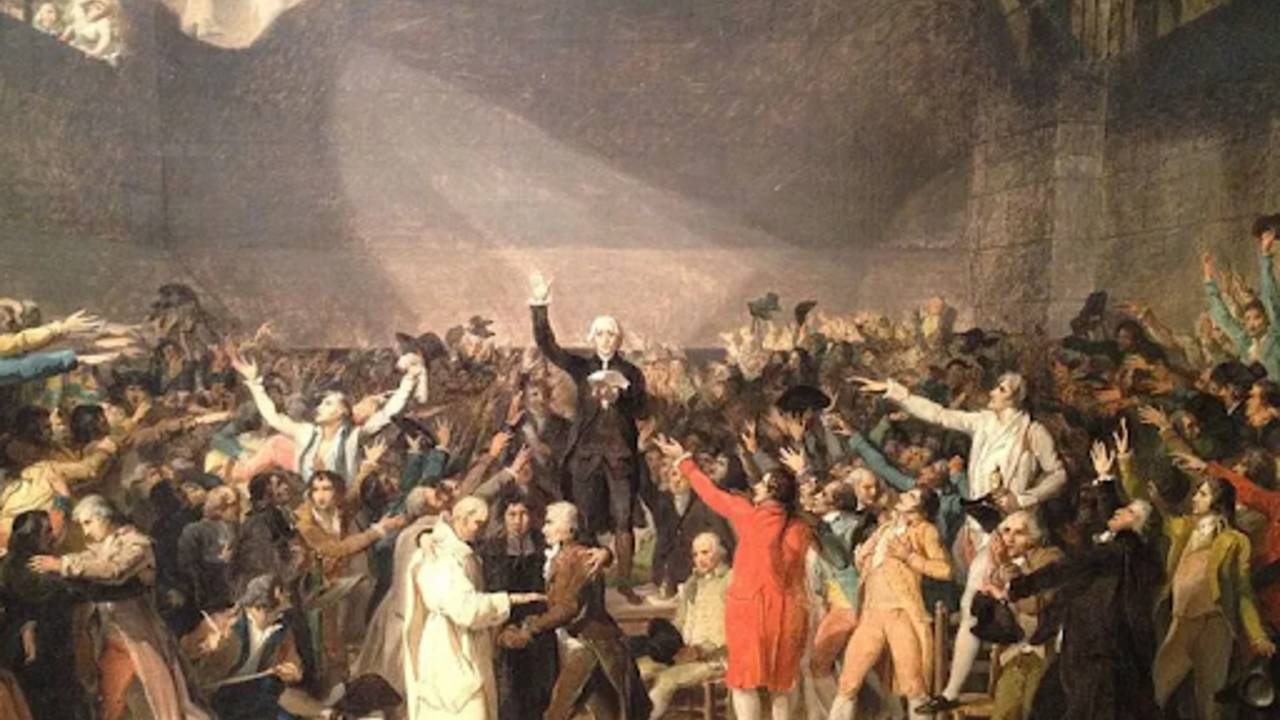For the mother country the American Revolution implied more than the secession of thirteen colonies. It involved Britain in a minor world war that jeopardized its dominance abroad and weakened the power and prestige of King George III at home.
The most crucial battle in North America came early in the war—the surrender at Saratoga in 1777 of the British forces under General John Burgoyne (1722–1792). Burgoyne’s surrender convinced the French that support of the American colonists would give them an excellent chance to avenge the humiliation of 1763. Entering the war in 1778, France soon gained the alliance of Spain and eventually secured the help or friendly neutrality of most other European states.
French intervention prepared the way for eventual victory. In the peace signed at Paris in 1783, Britain recognized the independence of the former colonies. To Spain it handed back Florida, which it had taken in 1763, and the strategic Mediterranean island of Minorca. But it kept Gibraltar, which the Spanish had also hoped to recover, and it ceded only minor territories to France.
During the early years of the war, the British public was intensely anti-American; but the temper of opinion changed as the strength of American resistance became evident. Instances of British mismanagement piled up, while most of Europe rallied to the rebellious colonies. By 1780 George III and his policies were so unpopular that the House of Commons passed a resolution declaring that “the influence of the Crown has increased, is increasing, and ought to be diminished.” In 1782 Lord North stepped down. In the next year the post of prime minister fell to William Pitt the Younger (1759-1806), son of the heroic Pitt of the Seven Years’ War. With the advent of Pitt, control of British politics shifted away from the king and back to professional politicians.
Support of the revolution in the colonies was by no means unanimous. Many well-to-do colonists, including southern planters and Pennsylvania Quakers, either backed the mother country or took a neutral position in the struggle; New York supplied more recruits to George III than to George Washington. However, revolutionary sentiment ran particularly high in Virginia and New England and among social groups who had the habit of questioning established authority—many merchants, pioneers living on the frontier, and the numerous religious groups who had come to the New World in protest against the Old.
At the heart of the draft composed by the delegates to the Constitutional Convention at Philadelphia in 1787 was the separation of the executive, legislative, and judicial arms of government. Each of the branches of government had the power to check the other two.
The Founding Fathers of the American republic sought guidance not only from Montesquieu’s The Spirit of the Laws but also from the constitutions of the thirteen original states and from English precedents. The first ten amendments to the United States constitution (1791), guaranteeing freedom of religion, freedom of the press, and other basic liberties, were taken mainly from the English Bill of Rights of 1689.

